behaviors/influence-persuasion
An in-depth breakdown of charismatic leadership tactics and how to tap into your own charisma when speaking in public.
Detailed notes and summary for The Laws of Human Nature by Robert Greene. Another in-depth book with timeless principles to better understand and navigate life.
East Asian businesses often go out drinking.
Discover the power of examples in shaping our lives. Explore quotes on example and how they inspire us to reach new heights.
The word “friends” has at least five different meanings: Allies Backstage intimates Fun friends Mutual interests friends Soc...
How do you convince someone who, for one reason or another, doesn’t see eye-to-eye with you?
How our culture, politics and technology became infused with a mysterious social phenomenon that everyone can feel but nobody can explain.
Lab-based research shows that adults can be convinced, over the course of a few hours, that as teens they perpetrated crimes that never actually occurred.
New research suggests that body postures can reveal our emotions to other people—and maybe even change how we feel inside.
Two concepts can help explain why society seems increasingly unable to agree on basic facts.
Bonhoeffer's "theory of stupidity" posits that we have more to fear from stupidity than evil. The latter is easier to defeat than the former.
Talking to someone who gets defensive can be frustrating. So, what can you do? Here's how to sidestep someone's personal fortifications.
By exposing people to small doses of misinformation and encouraging them to develop resistance strategies, "prebunking" can fight fake news.
When people argue, a kind of frustration called persuasion fatigue can cloud their judgment and harm relationships
The magazine of the British Psychological Society - in print and online.
Arguing well isn’t just about winning. A philosophical approach will help you and the other person get much more out of it
When you join a new organization, it’s important to understand who holds the power because they directly impact how work gets done, but it’s not always perfectly clear. In this piece, the author offers strategies to better identify where the true power exists. “At first glance across your company, it’s natural to assume that those who have ‘chief’ or ‘senior’ in their titles are the ones that dominate the power landscape,” the author writes. “But this isn’t always the case.”
As someone who researches American religion, I find myself in impassioned conversations quite often. Religion is a beautiful element that…
One of my pastimes is listening to interviews with accused corporate fraudsters before and after they got caught.
Amid COVID, studies in Denmark suggest that crowds do not always engage in bad behavior—and that mass-gatherings sometimes offer meaningful connection
Sometimes facts, logic, and reasoning aren't enough. Here's how the most persuasive people make a great argument even more convincing.
Free Online Guide - What drives online purchases? And how can you apply this information to boost conversions?
Have you ever wondered about internal organization dynamics and why some groups of people (who aren’t on the same team) are more successful than others? Why different “tribes” inside the organization seem to be at war with one another lowering performance in increasing politics? Why certain groups of people never seem to do anything? Or why …
The Primary Tactics Used to Influence Others —The number one thing to understand about influence is that people make decisions for their reasons, not yours.
There are lots of techniques for becoming more persuasive , but perhaps the simplest, most practical technique is the But You Are Free me
Summary of Nudge, presented to IxDA LA - Download as a PDF or view online for free
Powerful communicators employ these persuasion techniques when designing online experiences that convert visitors into leads and sales.
U.S. Army Engineer School Commandant’s Reading List
How to minimize the drama and keep your team on track.
76 votes, 15 comments. Some context: At marketing meetups, we've always heard people namedropping Dr. Robert Cialdini's 6 Principles Of Influence…
I’ve found the following to be common (and not easily taught) in people whose product skills I admire.
John Farrell took his team from the bottom of their division last year to the 2013 World Series with a set of tactics every manager should learn.
Five things you need instead.
Simple, direct requests get better results.
In the West, “rational propaganda” has become the primary form of political discourse.
“I’ve probably revised this investor pitch deck 200 times,” a founder told me recently. She’d met with more than 50 potential investors before closing a seed round last month. This might sound excessive to some, but her experience is not unusual. Entrepreneurs often spend hundreds of hours raising funds from angel and venture capital investors. While these activities are clearly important, analysis of new data on startups suggests that founders should also dedicate significant time to something that many people overlook: recruiting great mentors. This simple strategy can increase a company’s odds of success more than almost anything else.
When people discover that they don’t know as much as they thought they did, something interesting happens: their political attitudes become less extreme.
Good body language is a crucial part of making an excellent first impression.
Awesome List of resources on leading people and being a manager. Geared toward tech, but potentially useful to anyone. - LappleApple/awesome-leading-and-managing
The home of Process Excellence covers topics from Business Process Management (BPM) to Robotic Process Automation (RPA), AI, Lean Six Sigma and more. Latest news, freshest insight and upcoming events and webinars.
Apple is famous for not engaging in the focus-grouping that defines most business product and marketing strategy. Which is partly why Apples products and advertising are so insanely great. They have the courage of their own convictions, instead of the opinions of everyone else’s whims. On the subject, Steve Jobs loves to quote Henry Ford […]
Here are 14 persuasive writing techniques that will make your website appeal to visitors and increase your conversion rates.
Leadership Now is a leading source for leadership development and analysis. We believe that anyone can make a difference by leading from where they are.
"The success of your startup is determined before you ship a single line of code." Okay, you’re right, Sun Tzu, the ancient Chinese war general and author
We all know that leaders need vision and energy, but after an exhaustive review of the most influential theories on leadership–as well as workshops with thousands of leaders and aspiring leaders–the authors learned that great leaders also share four unexpected qualities. The first quality of exceptional leaders is that they selectively reveal their weaknesses (weaknesses, not fatal flaws). Doing so lets employees see that they are approachable. It builds an atmosphere of trust and helps galvanize commitment. The second quality of inspirational leaders is their heavy reliance on intuition to gauge the appropriate timing and course of their actions. Such leaders are good “situation sensors”–they can sense what’s going on without having things spelled out for them. Managing employees with “tough empathy” is the third quality of exceptional leadership. Tough empathy means giving people what they need, not what they want. Leaders must empathize passionately and realistically with employees, care intensely about the work they do, and be straightforward with them. The fourth quality of top-notch leaders is that they capitalize on their differences. They use what’s unique about themselves to create a social distance and to signal separateness, which in turn motivates employees to perform better. All four qualities are necessary for inspirational leadership, but they cannot be used mechanically; they must be mixed and matched to meet the demands of particular situations. Most important, however, is that the qualities encourage authenticity among leaders. To be a true leader, the authors advise, “Be yourself–more–with skill.”
New research indicates that consumers are catching on and may be annoyed by certain nudges, potentially limiting their effectiveness.
Your product can’t suck. That’s a given. But it’s also not enough to be a good product that doesn’t hook your customer and connect to their pain points.
The Tipping Point summary shows you why ideas spread like viruses, which 3 kinds of people are responsible for it & why no bad idea will ever spread.
Mini pizza bagels? Now we're talking.
Your #1 resource for digital marketing tips, trends, and strategy to help you build a successful online business.
A company study found that a manager’s technical skills were far less valued by employees than people skills.
“Reality is merely an illusion, albeit a very persistent one.” ~ Albert Einstein It was well past 5pm and we were still at the office debating about how we should inspire our customers. We were debating the strategy to ‘be like Mike‘ or to ‘be like Joe.’ To be like Mike, meant we would only …
Fight the Good Fight The probability that we may fall in the struggle ought not to deter us from the support of a cause we believe to be just. Try Honey Before Vinegar If you would win a man to your cause, first convince him that you are his sincere friend. On the contrary … …
The Primary Tactics Used to Influence Others —The number one thing to understand about influence is that people make decisions for their reasons, not yours.
The job of a good storyteller, marketer, or writer is to pull one over on you. To make you believe what they’re saying, no matter how farfetched it might be.
How do you make decisions? If you're like most people, you'll probably answer that you pride yourself on weighing the pros and cons of a situation carefully and then make a decision based on logic. You know that other people have weak personalities and are easily swayed by their emotions, but this rarely happens to you. You've just experienced the [fundamental attribution error](https://en.wikipedia.org/wiki/Fundamental_attribution_error) — the tendency to believe that other people's behaviour is due to their personality (“Josh is late because he's a disorganised person”) whereas our behaviour is due to external circumstances (“I'm late because the directions were useless”). Cognitive biases like these play a significant role in the way we make decisions so it's not surprising that people are now examining these biases **to see how to exploit them in the design of web sites**. I'm going to use the term ‘persuasion architects' to describe designers who knowingly use these techniques to influence the behaviour of users. (Many skilled designers already use some of these psychological techniques intuitively — but they wouldn't be able to articulate why they have made a particular design choice. The difference between these designers and persuasion architects is that persuasion architects use these techniques intentionally).
The subtle signals you have to master.
Use these 7 persuasion tips to instantly make your presentations, roadmaps, marketing and sales materials more compelling, engaging, and influential.
In 2002 I was driving to a hedge fund manager’s house to hopefully raise money from him. I was two hours late. This was pre-GPS and I had no cell phone. I was totally lost. If you’ve never driven around Connecticut you need to know one thing: all the roads are parallel and they […]
Politicians and other public figures deploy particular rhetorical devices to communicate their ideas and to convince people, and it’s time that we all learned how to use them, says speechwriter Sim…
You’re on the most important elevator ride of your life. You have ten seconds to pitch- the classic “elevator pitch”. Love or Hate. Money or Despair. And you may never get this chance again. As PM Dawn says, “I feel for you. I really do.” There are books about this. But don’t waste your time. […]
Follow this guide for everything you need to know about conversion rate optimization, how it works, and how to use it.
The Ten Golden Rules of Leadership explores the classical figures to determine the ten crucial axioms of leadership. Rule 1. Know Theyself. Rule 2 ...
How to turn arguments from vicious battles into productive dialogues.
The American tendency to fill up quiet space is not a good strategy with the Chinese.
Market research can extract plenty of data, but its greatest value is in evoking reactions
In a classic experiment conducted by the psychologist Solomon Asch, participants were placed in a group, shown a “target” line alongside a set of comparison lines of varying lengths, and asked which was closest in length to the target. The answer was always obvious, but unbeknownst to the study’s actual participants, they had been placed […]
There are words which have special meaning within each culture and carry power where they are used.
What does it take to become a more convincing communicator? New research suggests that linguistic mirroring — that is, adjusting your communication style to match that of your audience — is an effective tool to increase your ability to influence others. In this piece, the authors describe four key dimensions of linguistic mirroring, as well as several tactical strategies for leaders looking to win over a client, judge, or other important evaluator. Ultimately, they argue that building genuine relationships with key evaluators is the best way to gain insight into their linguistic preferences — but it’s up to all of us to make sure that we use the power of linguistic mirroring for good.
How our toothy modern smile was invented by a confluence of French dentistry and Parisian portrait-painting in the 1780s
The advantages of being attractive are exorbitant. Beauty might be the single greatest physical advantage you can have in life. And yet…
Learn the street epistemology conversation technique and how you can apply it at work.
My mission for 2014 was to get more people started in User Experience (UX) Design. In January, hundreds of thousands of people did the original UX Crash Course and it was translated into Spanish, Portuguese and Korean by amazing volunteers. In May we continued with a User Psychology lesson every day.
“It's my intention to work into each lecture one lie...” Remembering a favourite teacher whose unorthodox methods got his students' attention
It’s not what you do. It’s how ostentatiously you do it
“Nothing in the world is more exciting than a moment of sudden discovery or invention, and many more people are capable of experiencing such moments than is sometimes thought.”
Take a moment to dive into the pieces your fellow behavioral science enthusiasts read most this year.
You can’t stop people making demands on your time and energy, but you can develop assertiveness skills to protect yourself
Entrepreneurs must become experts at connecting with anyone-and with a few simple strategies, you can. Here's what happened when I tried them myself.
Regardless of where you are in the pathway of understanding how the human psyche works, this list of must-read psychology books will upgrade your personal library.
You might not believe in QAnon, but you could still fall down the rabbit hole.
People who overrate their media savviness share more misleading material.
When we want people to change, we typically tell them what to do. But what if we flipped the script and asked them for their wisdom instead? Behavioral scientist Katy Milkman PhD explains the power…
Being a calming influence when things go south is a seriously attractive quality
The term "bullshitting" (in addition to its colloquial use) is a technical psychological term that means, "communication characterised by an intent to be convincing or impressive without concern for truth." This is not the same as lying, in which one knows what they are saying is false. Bullshitters simply are indifferent to whether or not
It’s important to understand that when you, as a leader, communicate with your team, using weaker words weakens your message and blunts your ability to inspire people. It’s not enough to just throw thoughts out there and hope for the best. You need to actively recommend ideas and assert their worthiness in all of your communications. For example, consider these “power words”: “I’m proposing (not “sharing”) an idea that will make our process more efficient.” “I’m suggesting (not “sharing”) a new logo that better conveys our brand message.” “I’m recommending (not “sharing”) a campaign to make our workplace more diverse.” Ultimately, audiences respond more actively to big points than to small words, but thoughtful leaders need to assess both, knowing that the more powerfully they come across — even in small ways — the greater impact they have on the people they hope to inspire.
Color can affect judgment and decision making, and its effects may vary across cultures. Research reported in this article shows that cross-cultural color effects on risk preferences are influenced by personal associations of color-gain/loss. Our research finds a cultural reactance effect, a phenomenon in which people who hold culturally incongruent (vs. cultural mainstream) color associations
Assertive communication is about compromise.
Using responses like "tell me more" and "thanks for understanding" helps shift the focus from yourself to others and leads to better conversations.
We live in an age of polarization. Many of us may be asking ourselves how, when people disagree with or discount us, we can persuade them to rethink their positions. The author, an organizational psychologist, has spent time with a number of people who succeeded in motivating the notoriously self-confident Steve Jobs to change his mind and has analyzed the science behind their techniques. Some leaders are so sure of themselves that they reject good opinions and ideas from others and refuse to abandon their own bad ones. But, he writes, “it is possible to get even the most overconfident, stubborn, narcissistic, and disagreeable people to open their minds.” He offers some approaches that can help you encourage a know-it-all to recognize when there’s something to be learned, a stubborn colleague to make a U-turn, a narcissist to show humility, and a disagreeable boss to agree with you.
Don’t try to change someone else’s mind. Instead, help them find their own motivation to change.
The goal should not be conversion but doubt.
Industrial genius Carl Braun believed that clear thinking and clear communication go hand in hand. Here the guide on writing productively to get things done.
Bridge the divide with thoughtful conversation techniques, next-level listening, and a dip into the science of changing minds.
Do you like being right? Of course, everyone does. Are you successful at convincing others? That’s a tougher one. We may politely disagree, avoid, or scream bloody murder at each other, but whatever our conflict style, no one is born, and few are raised, knowing how to persuade.
Developing user habits is not the same as demanding compliance. But sometimes that’s the task at hand.
Some people have a knack for buying products that flop, supporting political candidates who lose and moving to neighborhoods that fail to thrive.
Choose your words carefully and you can get someone to change their mind, or see you in a new light.
More than 2,000 years ago Aristotle outlined a formula on how to become a master of persuasion in his work Rhetoric . To successfully sell your next idea, try using these five rhetorical devices that he identified in your next speech or presentation: The first is egos or “character.” In order for your audience to trust you, start your talk by establishing your credibility. Then, make a logical appeal to reason, or “logos.” Use data, evidence, and facts to support your pitch. The third device, and perhaps the most important, is “pathos,” or emotion. People are moved to action by how a speaker makes them feel. Aristotle believed the best way to transfer emotion from one person to another is through storytelling. The more personal your content is the more your audience will feel connected to you and your idea.
The holiday season is around the corner. For most of us, it means we need to get gifts for our loved ones—our family, our friends, maybe even for people we don’t know all that well, such as clients and coworkers. The holiday season is notoriously stressful. Surveys show that nearly 7 people out of 10 ... Read More
The three modes of persuasion — ethos, pathos, logos — are useful skills to master to persuade people and to understand how you’re being persuaded yourself.
Takedowns and clever quips are easy, but empathy and persuasion are better
Why some people are constantly approached by friendly nearbys whereas others might as well be invisible
Understanding user behavior is key to understanding how users interact with your product. Here are 15 steps to analyze & change their interactions to your benefit.
If you want someone to help, you’ll do better with a spec. It lists just four things: What is the problem to be solved? How are we going to solve it? How can we test that the thing we built m…
Supermarkets have always played tricks on your mind. Can they help you to eat better?




:extract_focal()/https%3A%2F%2Fhbr.org%2Fresources%2Fimages%2Farticle_assets%2F2020%2F07%2FJul20_30_982459672.jpg)

























:extract_focal()/https%3A%2F%2Fs3.amazonaws.com%2Fpocket-syndicated-images%2Farticles%2F1733%2F1569602069_Screenshot_2019-09-2721st-centurypropagandaAguidetointerpretingandconfrontingthedarkartsofpersuasion.png)



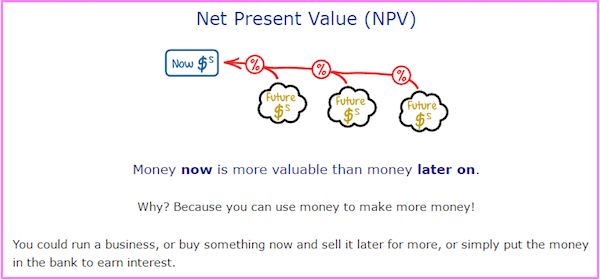




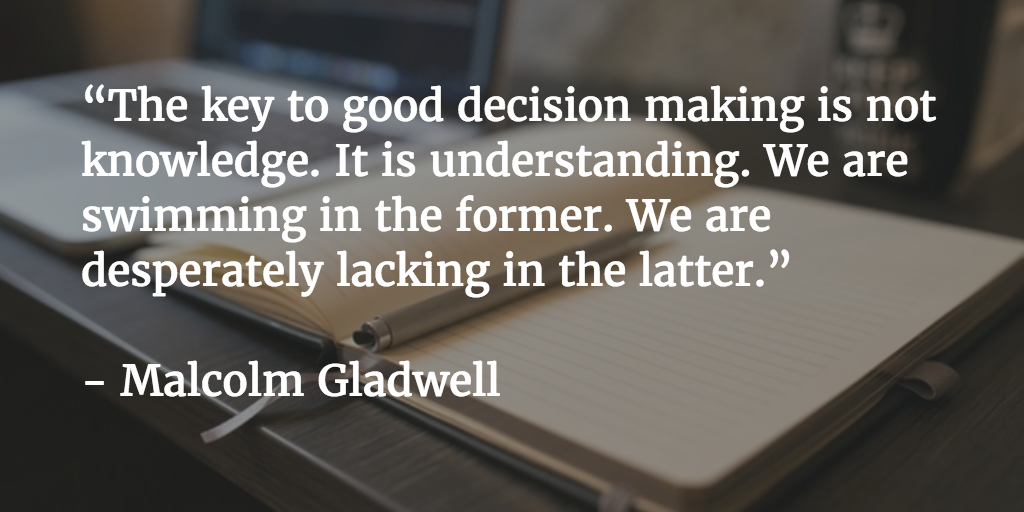














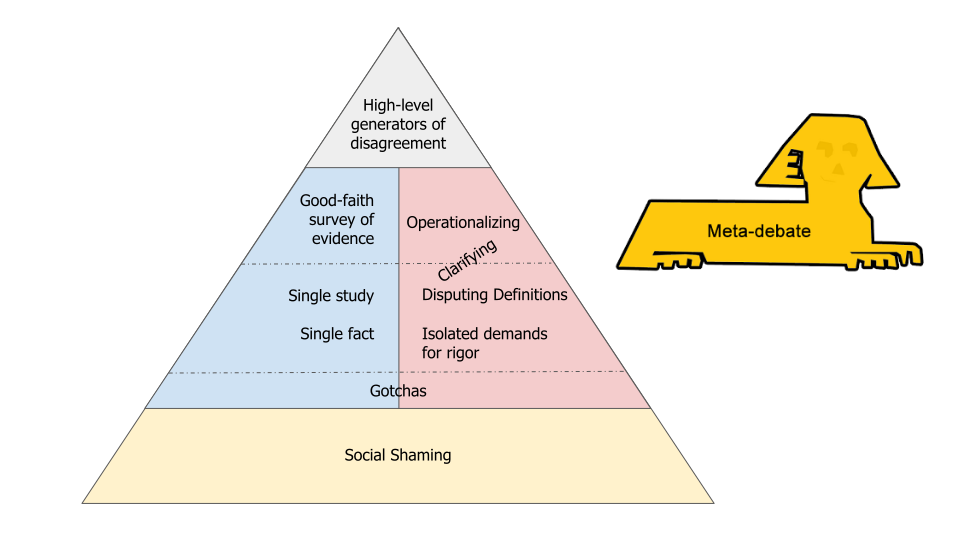

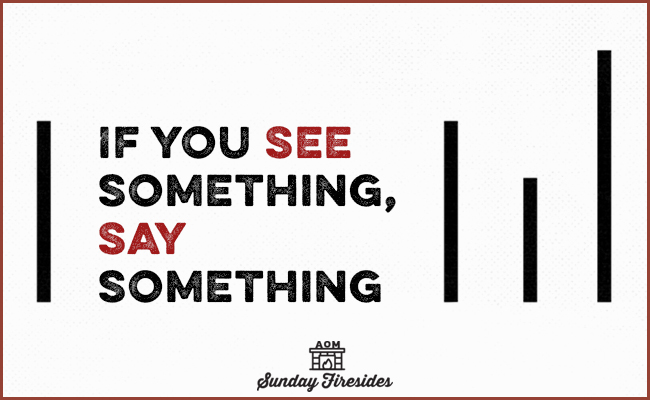




















:extract_focal()/https%3A%2F%2Fcms.qz.com%2Fwp-content%2Fuploads%2F2020%2F11%2Ftigersfighting.jpg%3Fquality%3D75%26strip%3Dall%26w%3D2200%26h%3D1236)


:extract_focal()/https%3A%2F%2Fpocket-syndicated-images.s3.amazonaws.com%2Farticles%2F5980%2F1611345286_GettyImages-672713099.jpg)

:extract_focal()/https%3A%2F%2Fs3.amazonaws.com%2Fpocket-collectionapi-prod-images%2Fd93f5c7f-f085-4d78-9c7d-be340e1fd63c.jpeg)
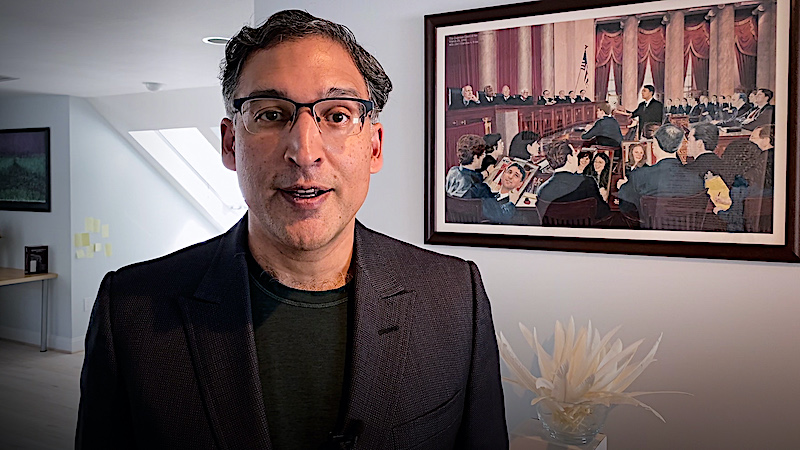
:extract_focal()/https%3A%2F%2Fpocket-syndicated-images.s3.amazonaws.com%2Farticles%2F3987%2F1586460732_GettyImages-523463250.jpg)

:extract_focal()/https%3A%2F%2Fcdn.theatlantic.com%2Fassets%2Fmedia%2Fimg%2F2016%2F08%2FDIS_Hutson_SoSCharm%2Flead_720_405.jpg%3Fmod%3D1533692236)
:extract_focal()/https%3A%2F%2Fs3.amazonaws.com%2Fpocket-syndicated-images%2Farticles%2F654%2F1566583404_0.jpg)







